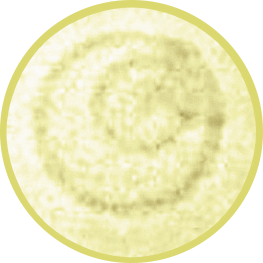A frequently asked question is about the side effects of mistletoe (Viscum) treatment in cancer care. are there any.
I have treated many hundreds of patients over the decades and believe that I can thus have a valid perspective.
In short, if one administers appropriately manufactured, sterilized and standardized mistletoe types, such as abnobaViscum,iscador Helixor and similar, there are practically none. What is amazing to me is that even those reviewers who should be experts in the field are confusing wanted from unwanted symptoms following injections with the various mistletoe extracts.
I advise my patients before the start of the treatment that right after the injection one should ideally see a local skin reaction in the form of a dime or quarter size round slight swelling. Later on, it is desirable to notice a small rise in body temperature. Occasionally, a transient sensation of headache or dizziness can be noted. These are not “unexpected side effects” but rather signs that the mistletoe is indeed working. Even a mild “flu like” feeling is positive. All of the above are manifestations of an activated immune system-which is after all what the purpose of the treatment is.
After an intravenous infusion the temperature increase can be more pronounced the next day (a rise maybe from the normal body temperature to 101°C or rarely 102°C).
Having said that I also emphasize to patients that extreme temperature elevation is not normal. In that case a differential diagnosis by the doctor needs to be made to exclude other culprits such as an infection (especially if the patient has a port or other stents in place), tumor cell break-down, etc.
Overall, however, based on my decades long experience i reassure my patients that not having any reaction visible after an injection or intra venous infusion is not necessarily a sign that that particular mistletoe kind is not working. I seen innumerable times where over years the patient had no reaction whatsoever and yet the positive outcome due to mistletoe treatment was undeniable. I have had many patients who came to our care with all hope having been given up and yet lived to enjoy many additional years.
Still, currently with the stronger mistletoes available if no local reaction is visible we take that as a sign that a higher dose could/should be contemplated.
The opposite is the case too: a huge local reaction – let’s say one that covers a large part of the abdomen while not negative as such is less likely to be tolerated long term so then a lowering of the administered dose is undergone.
Nevertheless, a rare allergic reaction is possible. The rarity of this occurrence is astonishing. I have seen a true allergic (or pseudo allergic) reaction with multiple welts, itching, etc. no more than once every decade! Of course, then the therapy with that particular type of mistletoe must be stopped but the treatment can be started again, as soon as the patient is stable, with a different mistletoe.
The above is not meant to be a comprehensive discussion of the topic.
Each patient needs to discuss their treatment as appropriate for their situation.
But a trial with mistletoe is overwhelmingly safe and well worth the effort.
To your health,
R. Rentea MD

